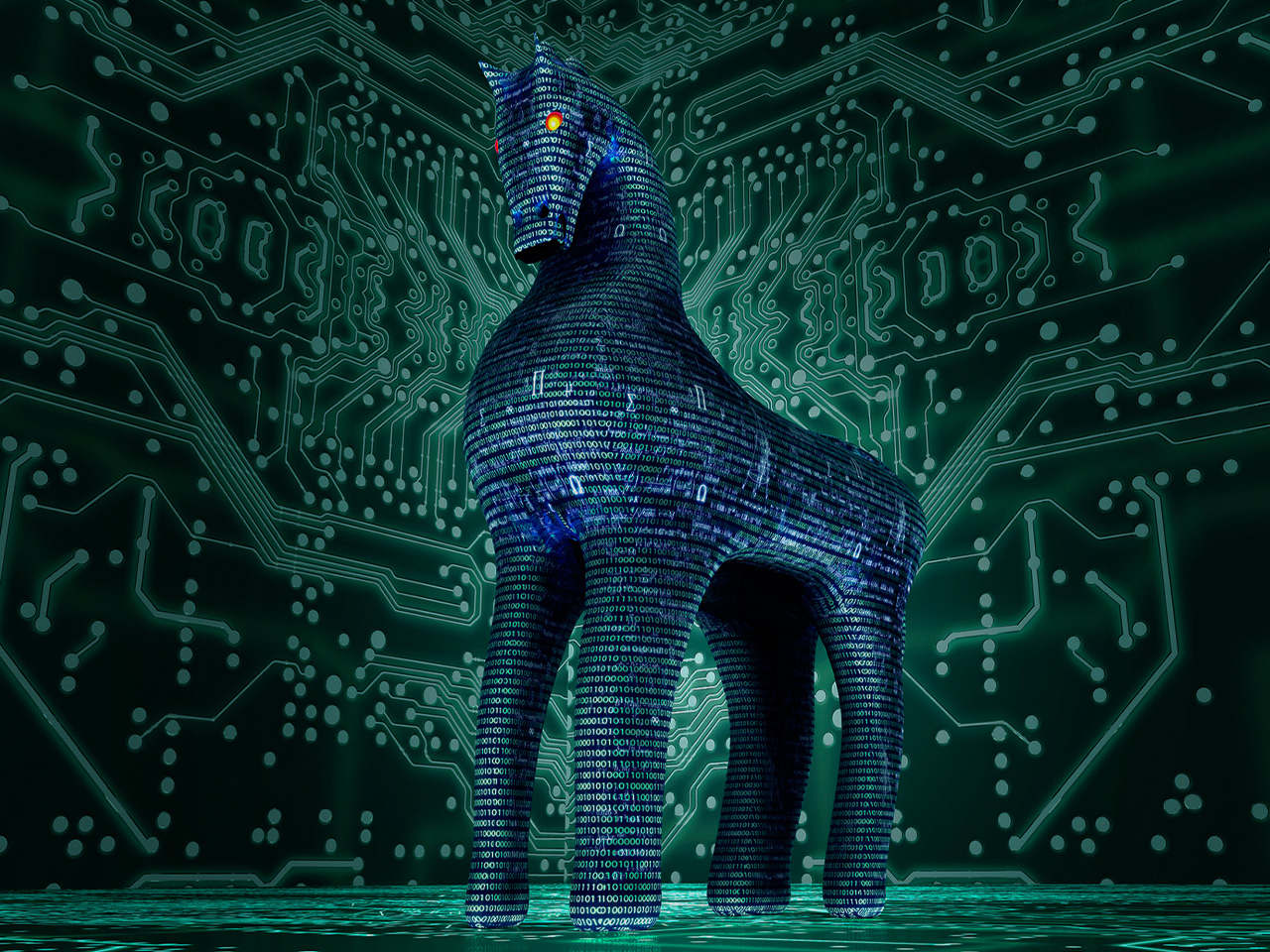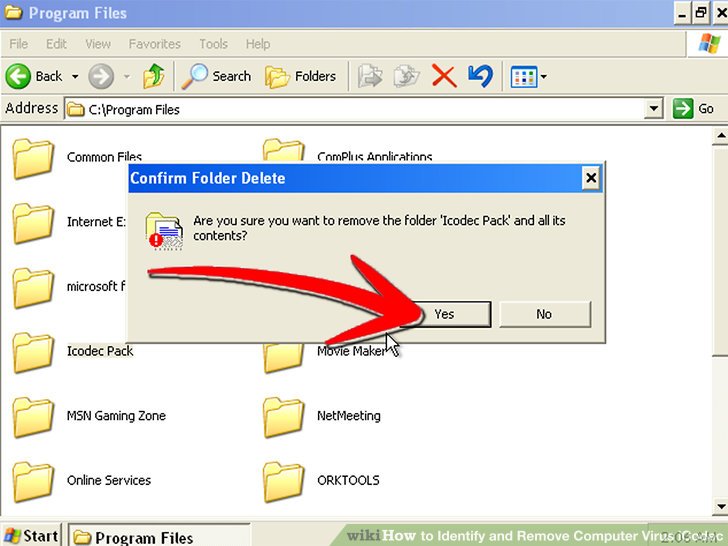

Stuxnet, one of the most notorious computer worms to date, consists of two components: a worm to propagate malware through USB devices infected with the host file, as well as malware that targets supervisory control and data acquisition systems.įile-sharing worms are widely used to target industrial environments, including power utilities, water supply services and sewage plants. File-sharing wormsįile-sharing worms are programs that are disguised as media files.

Successful email worms usually employ social engineering and phishing techniques to encourage users to open the attached file. The messages include a malicious executable file that infects the new system when the recipient opens it. There are several types of malicious computer worms: Email wormsĮmail worms work by creating and sending outbound messages to all the addresses in a user's contact list. In contrast, the report notes that "viruses are also self-replicating programs, but usually require some action on the part of the user to spread inadvertently to other programs or systems." What types of computer worms exist? What's the difference between a worm and a virus?Īs defined in the "Security of the Internet" report, released in 1996 by the CERT Division of the Software Engineering Institute at Carnegie Mellon University, computer worms are "self-replicating programs that spread with no human intervention after they are started." Worms can also be disguised to look like a nonthreatening resource, such as a work file or link, which a user clicks on or downloads - only to later to be revealed as a worm. The worm then continues to propagate within a network through these clients. Once active on a newly infected computer, the WannaCry malware initiates a network search for new potential victims: systems that respond to SMBv1 requests made by the worm.

For example, the WannaCry ransomware worm exploited a vulnerability in the first version of the Server Message Block (SMBv1) resource sharing protocol in Windows.


 0 kommentar(er)
0 kommentar(er)
